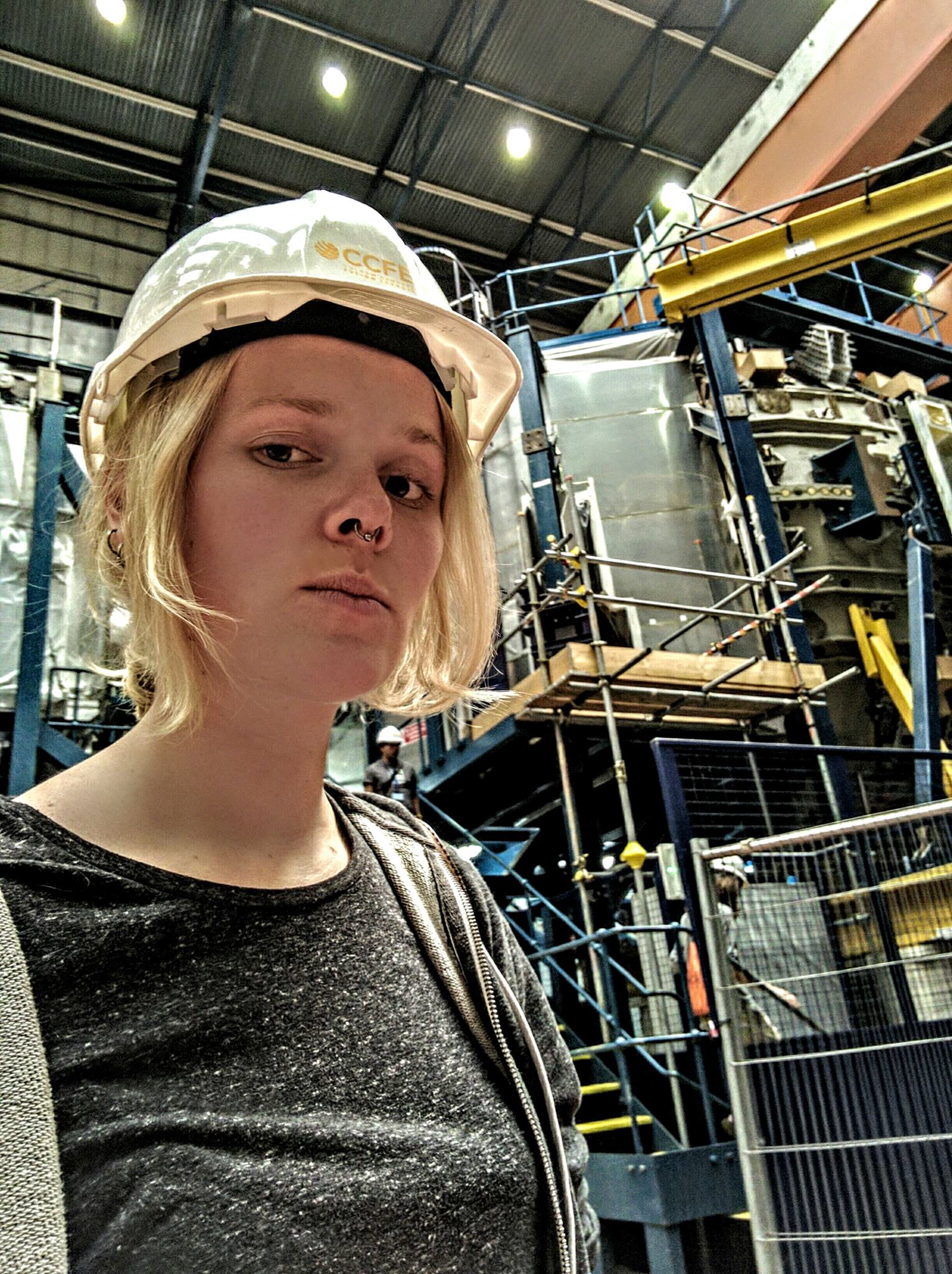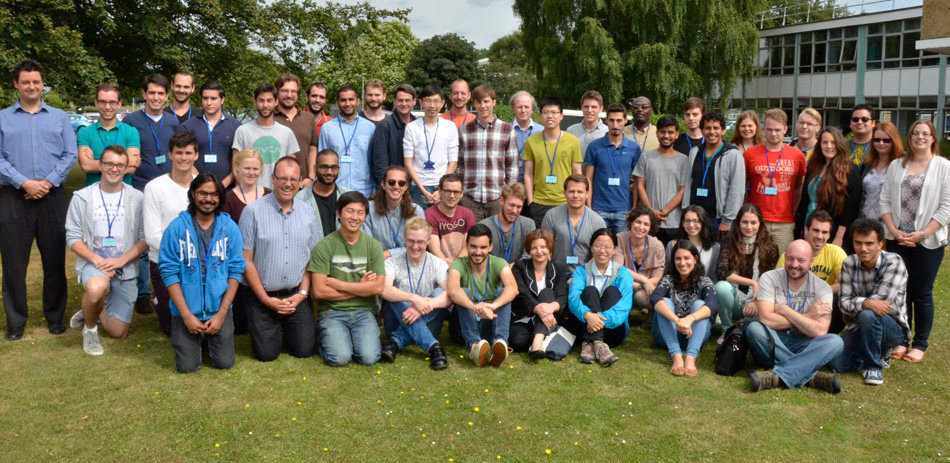Culham Plasma Physics Summer School - Culham Science Centre, UK
Reported by Victoria Lofstad. Powered by FuseNet.
 From 18th to 29th of July 2016 I attended the 53rd Culham Plasma Summer School, which was held at Culham Centre for Fusion Energy just outside Oxford, a leading site for research in plasma physics and controlled nuclear fusion. The Summer School contained a series of daily lectures covering topics in fusion and plasma, as well as excursions to fusion facilities as JET and MAST.
From 18th to 29th of July 2016 I attended the 53rd Culham Plasma Summer School, which was held at Culham Centre for Fusion Energy just outside Oxford, a leading site for research in plasma physics and controlled nuclear fusion. The Summer School contained a series of daily lectures covering topics in fusion and plasma, as well as excursions to fusion facilities as JET and MAST.
The fusion lectures focused mainly on tokamaks, and gave an impression of the complexity of fusion reactors. To utilize fusion reactions, the plasma must be heated up to temperatures in excess of 100 million degrees. With these temperatures, the plasma must be kept away from the walls of the reactor to avoid damage. To confine the plasma in the tokamaks, strong magnetic fields are used. This method is called magnetic confinement systems, and was a hot topic at the summer school. We also learned about another method used to initiate fusion, namely inertial confinement fusion. With this technique a pellet of typically deuterium and tritium is heated and compressed using high-energy beams of laser light, electrons or ions. The heating initiates a series of reactions, causing the outer layer to explode, followed by a compression of the reminder. The shock waves created in the process heat the fuel at the center to temperatures needed for fusion reactions to occur.
Other topics at the summer school related to tokamaks was plasma-wall interactions, plasma instabilities and plasma waves, and diagnostics used in tokamaks. We also learned about plasma in a space physics setting, with solar wind causing northern lights and disturbances in the Earth's magnetic field.

A highlight during the summer school for me was to actually see the physics applied in fusion reactors. We got to see the facilities of JET, the world's largest tokamak, which is currently the only machine capable of operating with a mixture of deuterium and tritium. We also visited MAST, a spherical tokamak. Both of them were large and impressive facilities.
The summer school was not all about work, we also had enough opportunities to do something fun. With a location in Oxford, there are plenty of possibilities for tourism. We all attended a boat trip on the river Thames, which gave a nice view of the beautiful surroundings. Some of us also went to Stonehenge and Bath, two impressive constructions that required remarkable engineering skills.
I am very pleased that I had the chance to attend the summer school, with support from FuseNet. I learned a lot about fusion and plasma, and met a bunch of great people. This has been a very inspiring experience.
